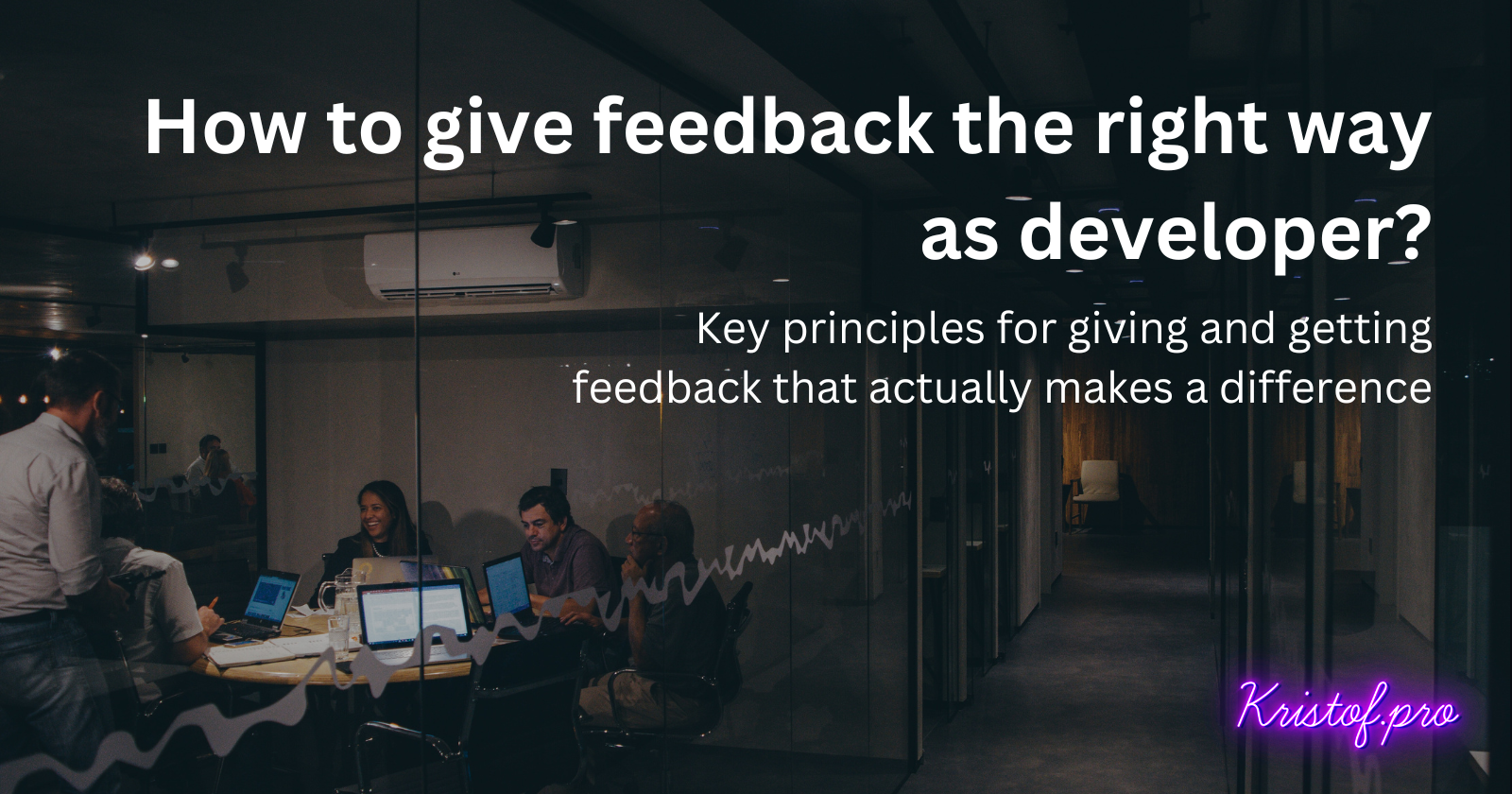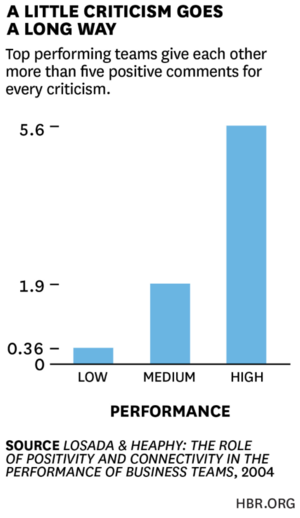How to give feedback the right way as developer?
 Krzysztof Przekwas
Krzysztof Przekwas
Giving and receiving feedback is an essential skill for professional and personal growth. Effective feedback helps people improve their work, strengthen relationships, and achieve goals. Here are some key principles for giving and getting feedback that actually makes a difference:
Make it specific
When providing feedback as a software developer, focus on concrete and objective behaviours, not personality or intentions. Mention specific examples of what the person did well or could improve. Vague feedback leaves people confused and defensive. Here are those examples to illustrate this point:
Be constructive
Instead of solely highlighting what went wrong, focus on how the person can improve or grow from the experience. Provide suggestions or ask for their ideas on how to tackle any issues. If the topic is particularly difficult you can try to leverage methods like brainstorming or design thinking to reduce problem size. Directly destructive criticism rarely helps anyone. Moreover, it can cause unwanted friction between team members.
Balance positive and negative
For every piece of critical feedback, provide two to five positive comments. This helps soften criticism and build confidence. Many researchers tried to calculate what would be the best positive-to-negative feedback ratio. For some time results of the Heaphy and Losada research took stages showing high-performing teams to have a ratio of 5:1 positive to negative feedback. However data quality in that research was later ofter undermined, so for now we have to eyeball it.

Keep it honest but kind
When offering feedback as a dev, honesty is crucial for growth, but it should always be paired with kindness. Feedback has to be definitive and specific enough to address the underlying issue, but if given in too harsh fashion it may be hard to digest or be received as a cutting comment. Being truthful and transparent fosters trust, yet how feedback is delivered greatly influences its impact. You have to be aware that people may take things differently than you. Their level of empathy or emotional reaction may vary, so try to read the crowd.
Make it a two-way conversation
Ask for the person's perspective and thoughts. Listen to their response and clarify any misunderstandings. Feedback is a gift - give people the space to reflect on how they can improve going forward. It's not fire&forget bite one can shoot at another. In a lot of situations, you can be sharing negative feedback on a case where you are missing another perspective. Give the recipient a chance to state his take on it - you most likely will learn something new that could help you find a much better long-term solution.
Focus on behaviour, not personality
To remain professional, you should separate what someone did from who they are. True soft skill mastermind should be able to comment in the same way the coworker he hates and his best office buddy. Criticize the action, not the person. This keeps feedback factual and avoids making people feel personally attacked. The last thing you want is for a recipient to categorize feedback given as a bitey personal note. That is the highest octane fuel for toxicity within the team.
Check for understanding
So here's the lowdown, final check on making feedback stick – it's not just about saying what you have to say, it's about making sure everyone gets it. After you've laid out your thoughts, it's time to check for understanding, like making sure we're all vibing to the same beat. Misunderstandings are like the gremlins of feedback; they mess things up big time. Surprisingly, one of the easiest ways to do so is just to ask straightforwardly:
So how do you understood that point? Is it clear what I shared with you?
Subscribe to my newsletter
Read articles from Krzysztof Przekwas directly inside your inbox. Subscribe to the newsletter, and don't miss out.
Written by

